When you picture Africa, what do you think of? Perhaps spotting big game on a safari drive or nomadic tribes living in the desert. And there’s the negative images too. Of extreme poverty, starvation and genocide. But with such a vast continent comes so much diversity.
The island of Madagascar sits in the Indian Ocean on the southeast coast of Africa. It can be generalised as having two main seasons; a warm and wet season and a cooler dry season, but different parts of the country seem to have their own climates. Where east coast is home to the country’s rainforests an has no real dry season, the south west is the country’s driest area and could almost be classed as desert as very little rain falls. The Malagasy people’s heritage is not just from Africa but also Arabia and Indonesia, which is filtered through in their many different religions, customs and the language across the country.
The island is haven for nature lovers; around 90% of all plant and animal life in Madagascar is endemic, meaning you won’t find it anywhere else in the world. Unfortunately Madagascar isn’t without problems though. It ranks within the top 10 poorest countries in the world and much of its landscape is dramatically changing because of human activity. Deforestation is happening at an alarming rate. Many of the species living here are so adapted to their unique environments that they simply cannot survive anywhere else and are becoming critically endangered.
But there is hope. Tourism in Madagascar, or more specifically ecotourism is growing. People travel from all across the world to explore the great biodiversity that it has to offer and to see these enchanting and endangered species before they are gone for good. Although Madagascar’s national parks are owned by the government, every group that enters is required to have a local guide. Many communities are also learning that there is money to be made in the local community by protecting their forests and wildlife and creating their own local private reserves.
There are a few European companies that run trips to Madagascar but when we started planning our trip I knew that I wanted to find a tour company that was run by and worked with locals, so that the money that we spent would stay in Madagascar and directly benefit the people there. We were so lucky with Jenita and the team at Madagascar Natural Tours. From the first email to the last goodbye, they made us fall in love with Madagascar. Not only did they show us some of the most beautiful places in the country but they shared with us their own personal stories of what it meant to them to be Malagasy.
During our 20 days in Madagascar we saw so many uniquely weird and wonderful species, experienced some of the worst roads of all time, were greeted by smiling faces, broke down, learnt about local customs, experienced 36°C in the west followed by 9°C in the east, saw the world’s smallest primate and so much more. Not wanting to forget a moment, I kept a diary during our trip which I have now turned in to a photographic journal. If you’d like to read more about Madagascar, you can find the e-book here: http://www.wildconnectionsphotography.com/product/madagascar-diaries-e-book/
More info: wildconnectionsphotography.com
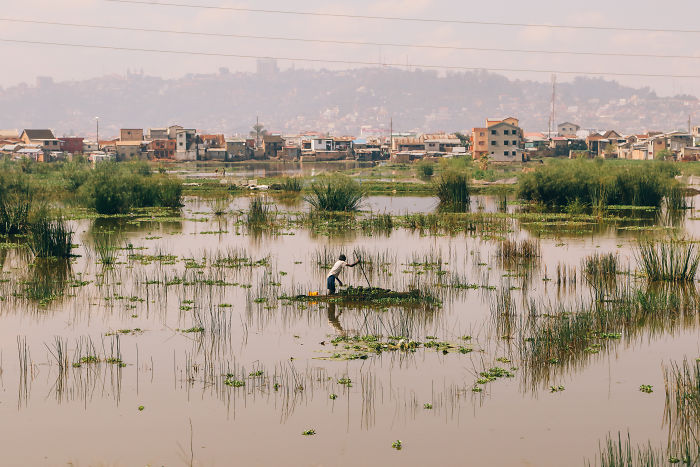
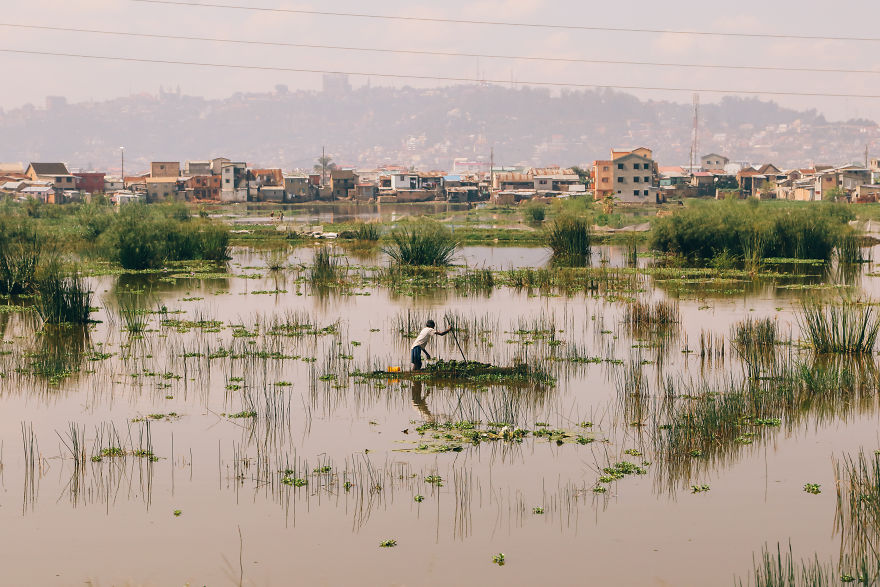
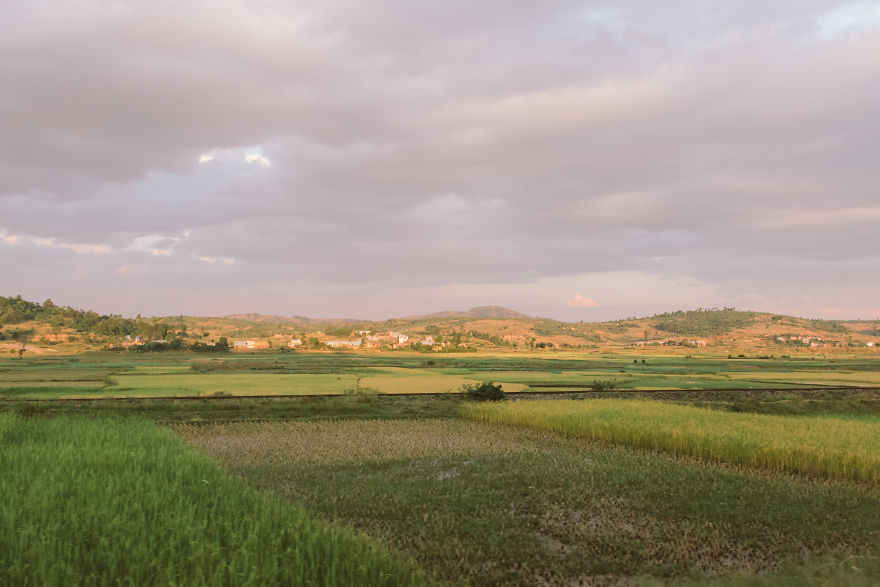
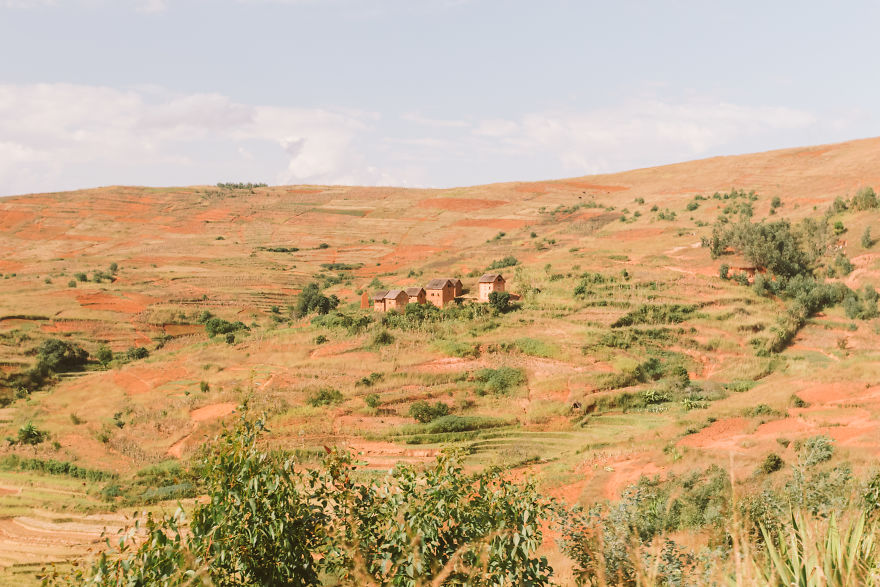
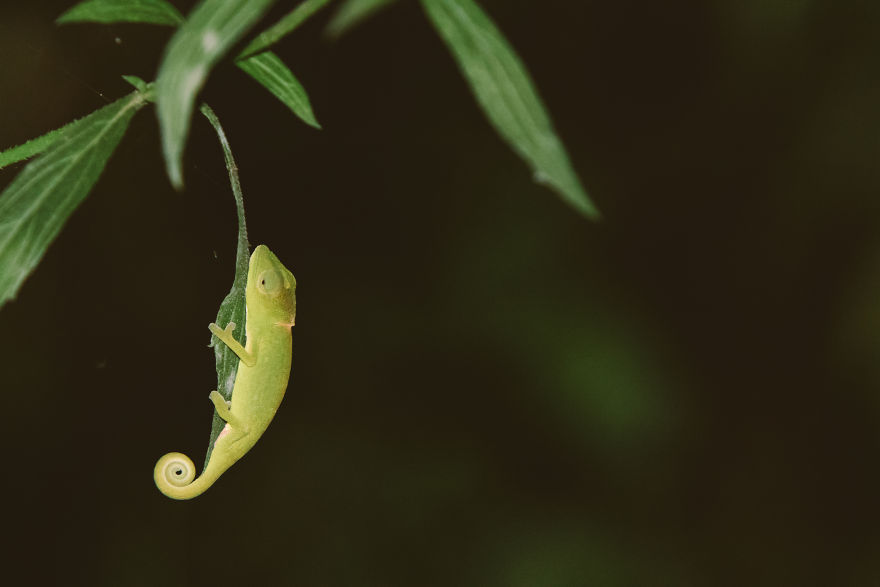
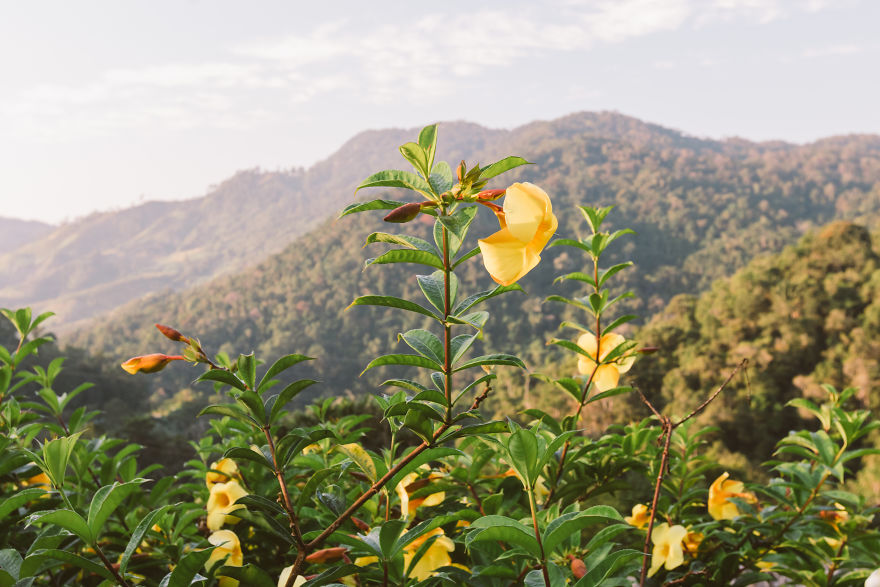
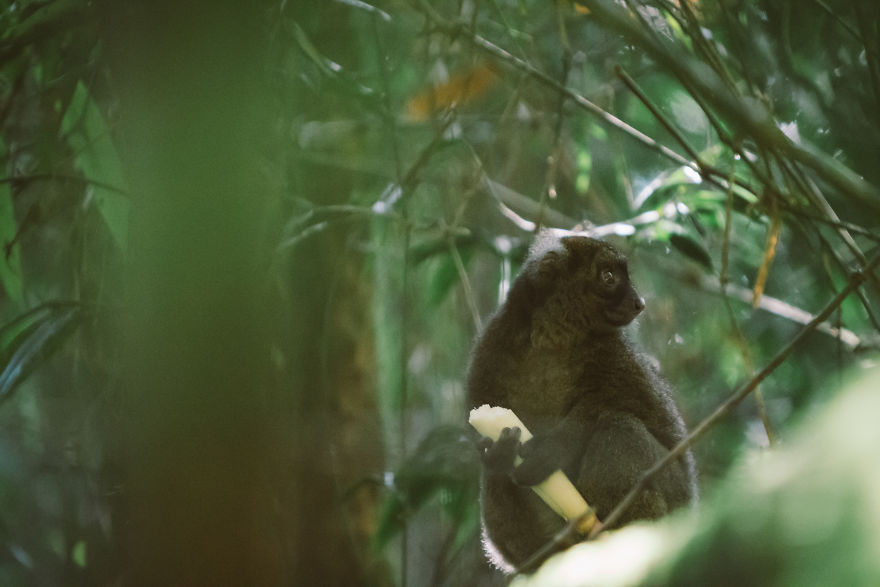
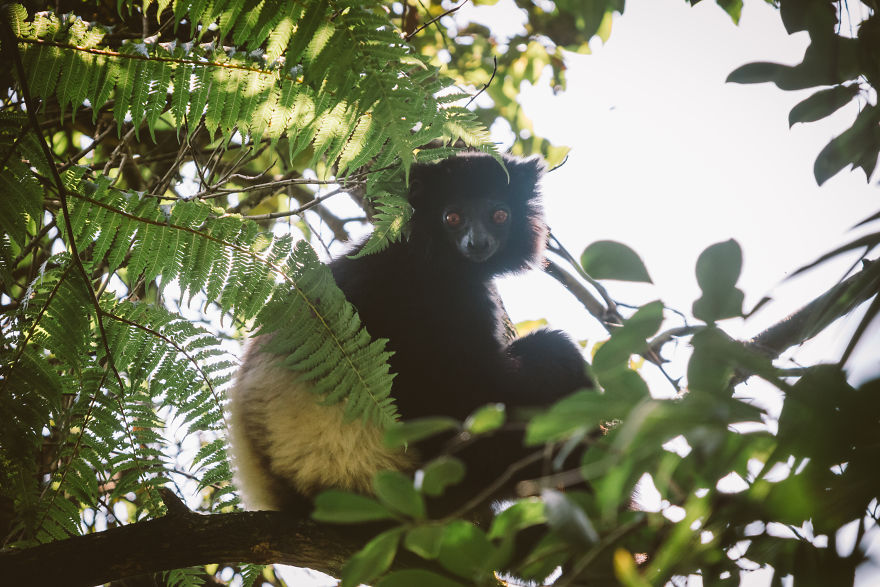
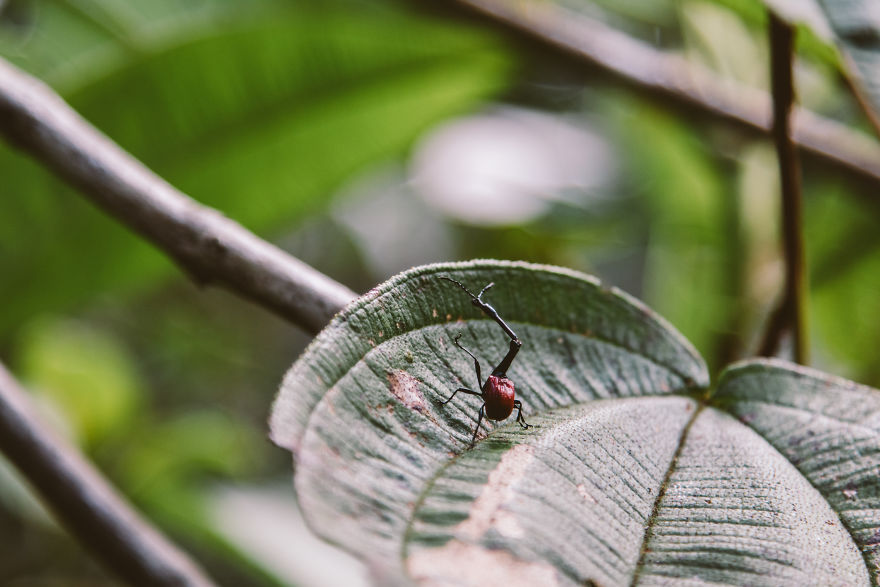
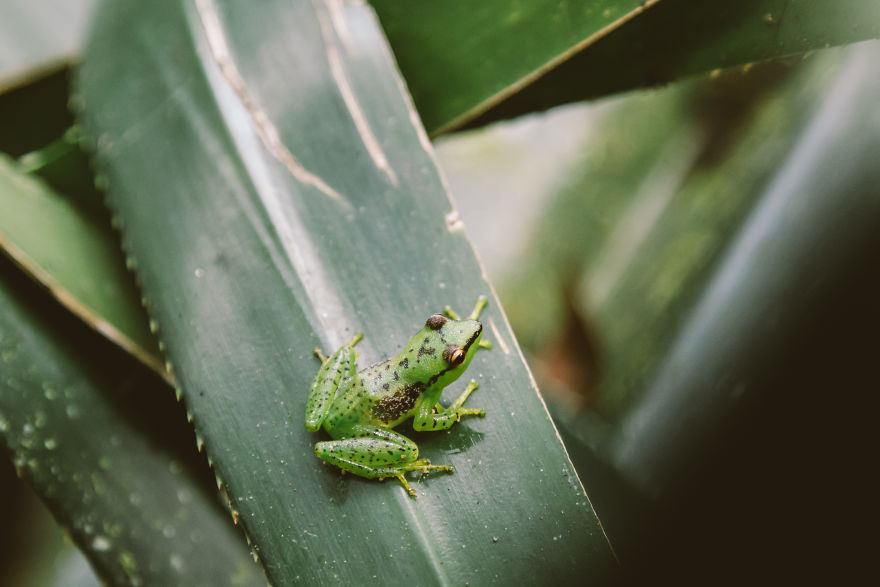
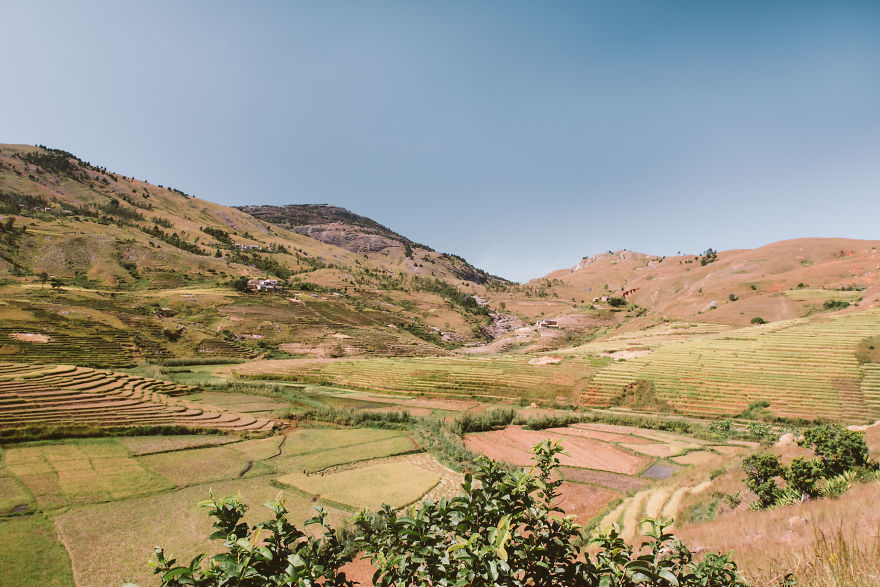
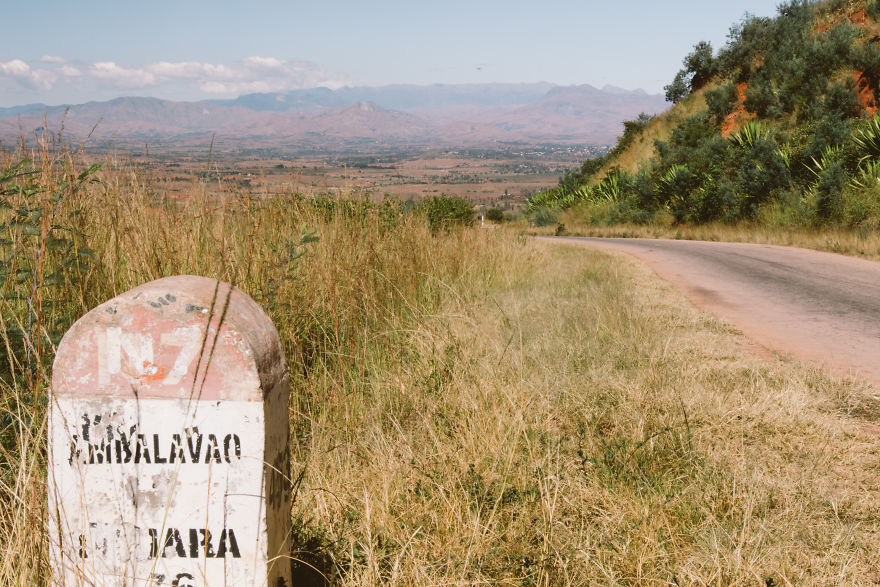
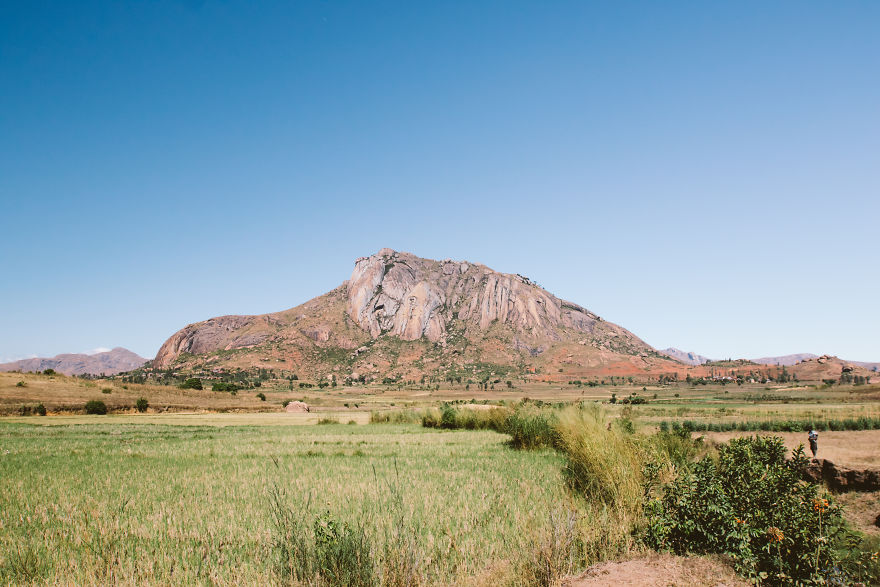
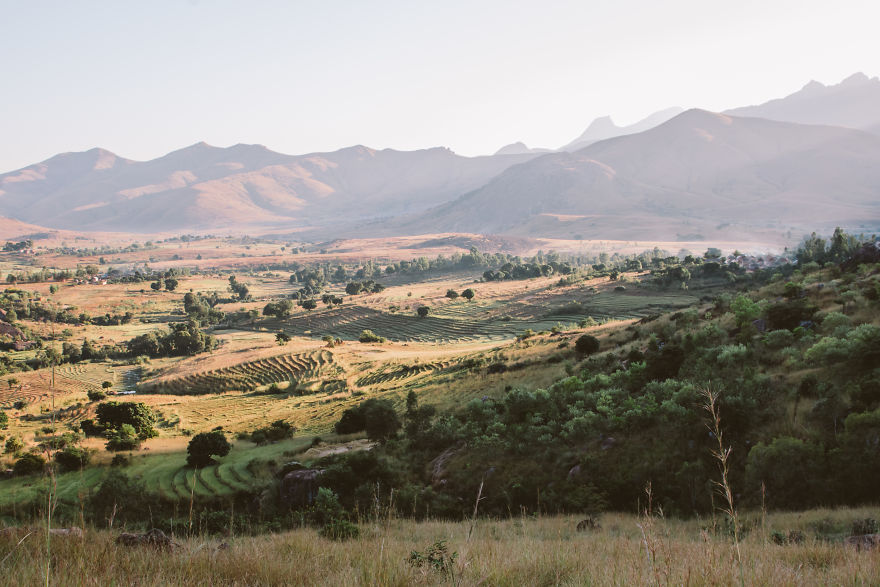
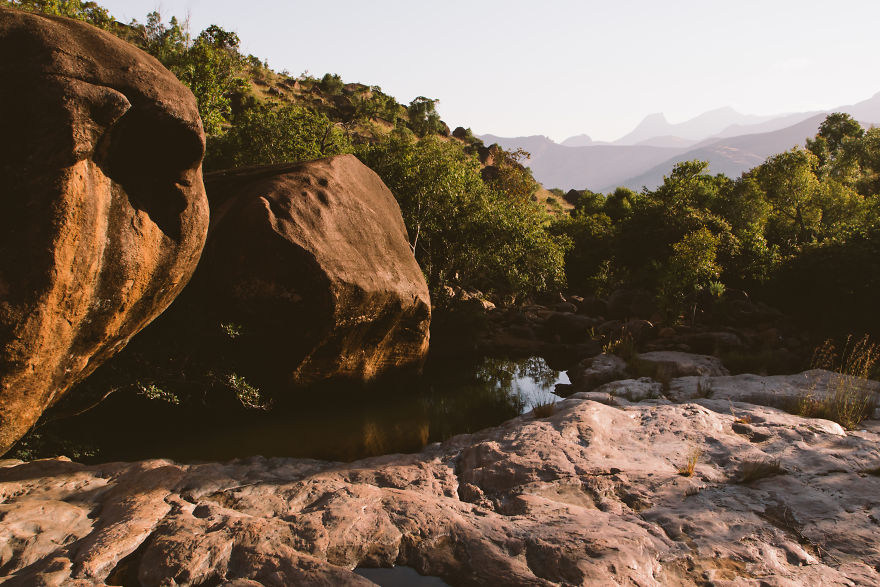
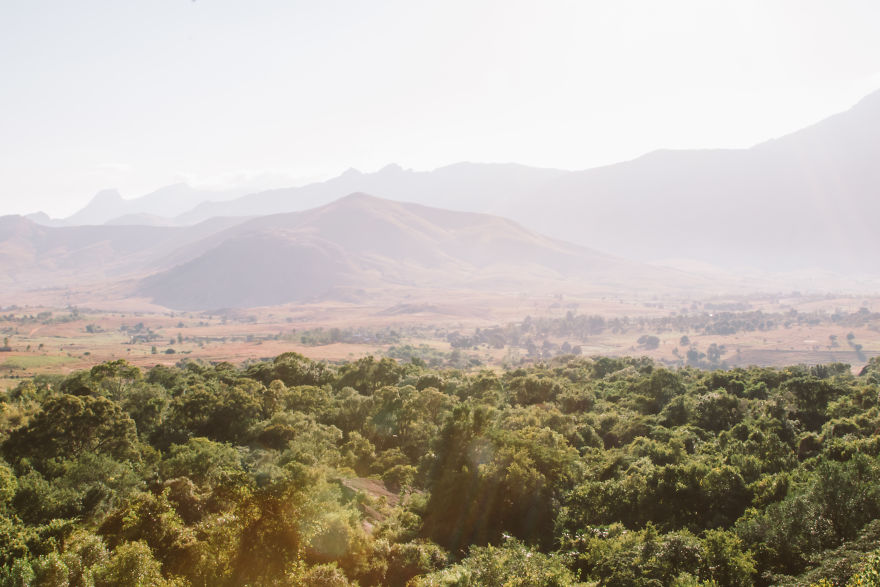
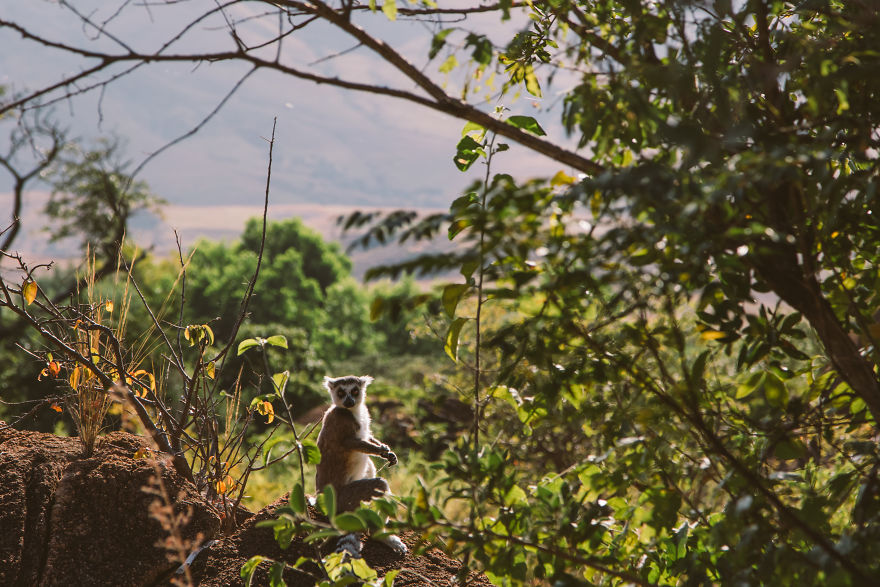
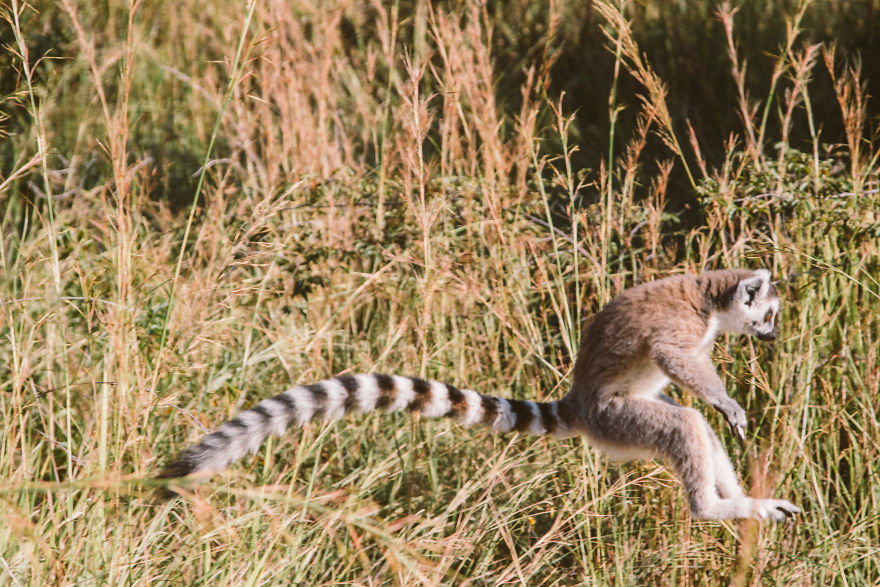
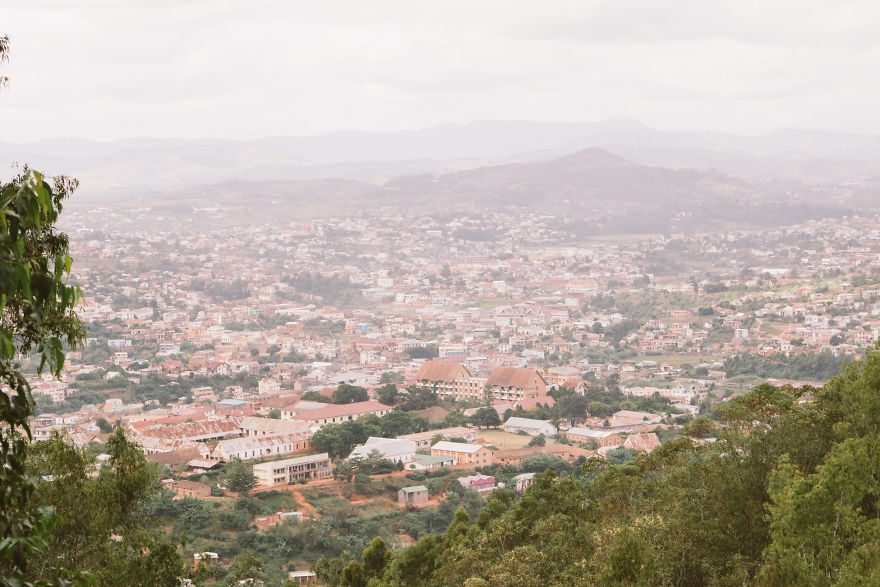
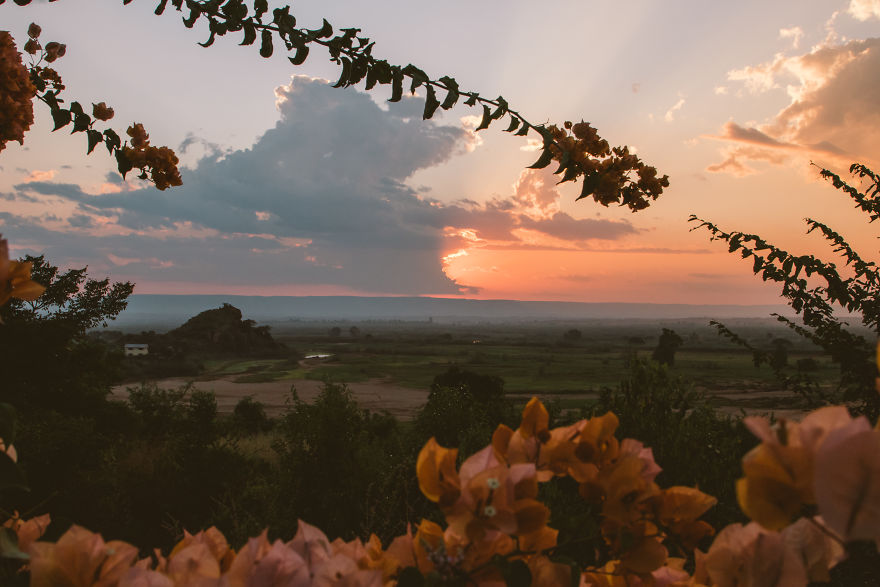
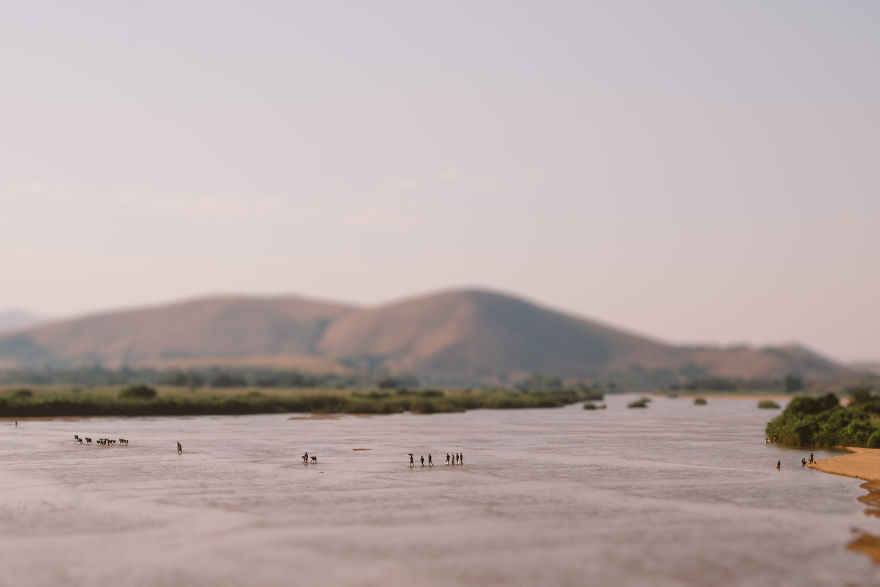
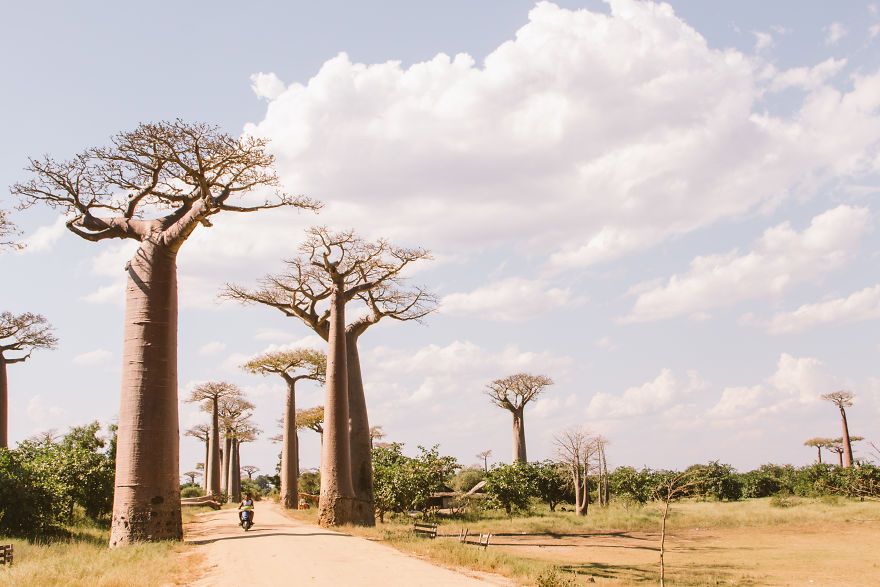
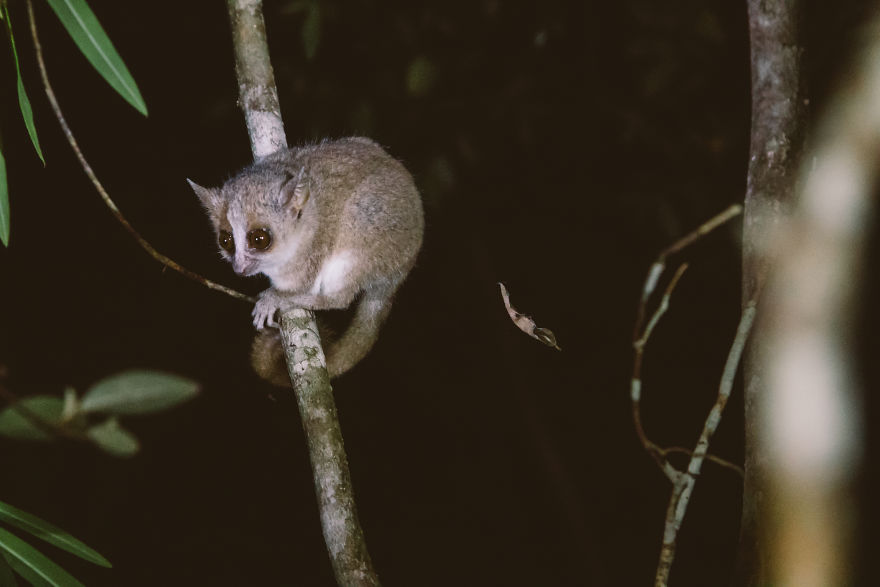
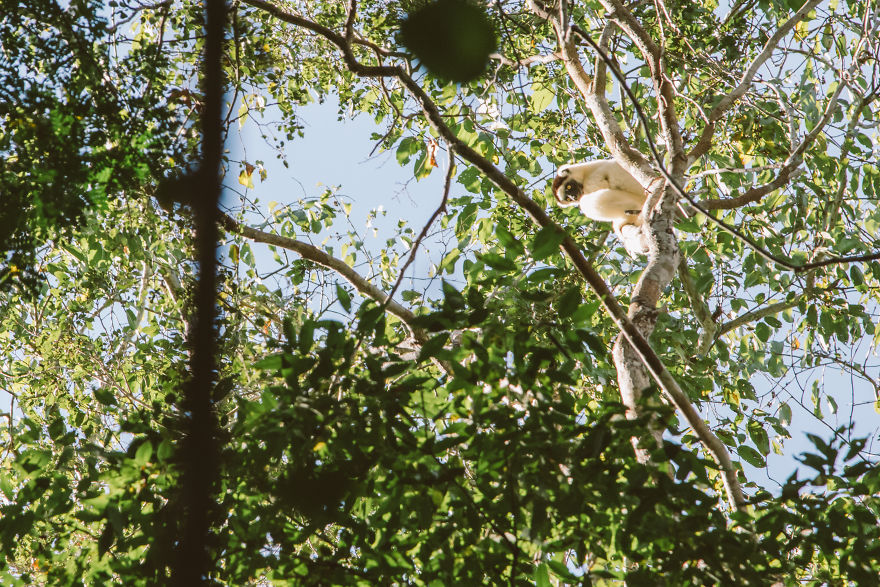
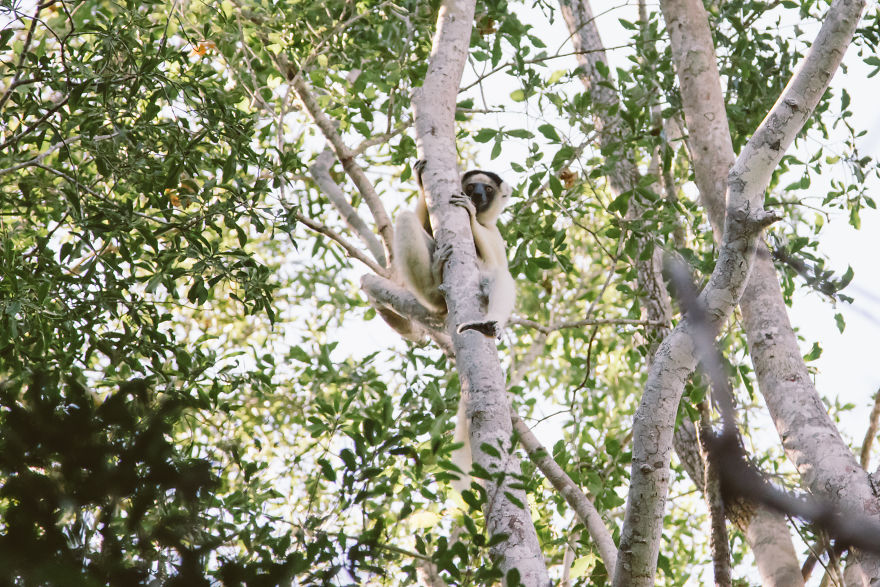
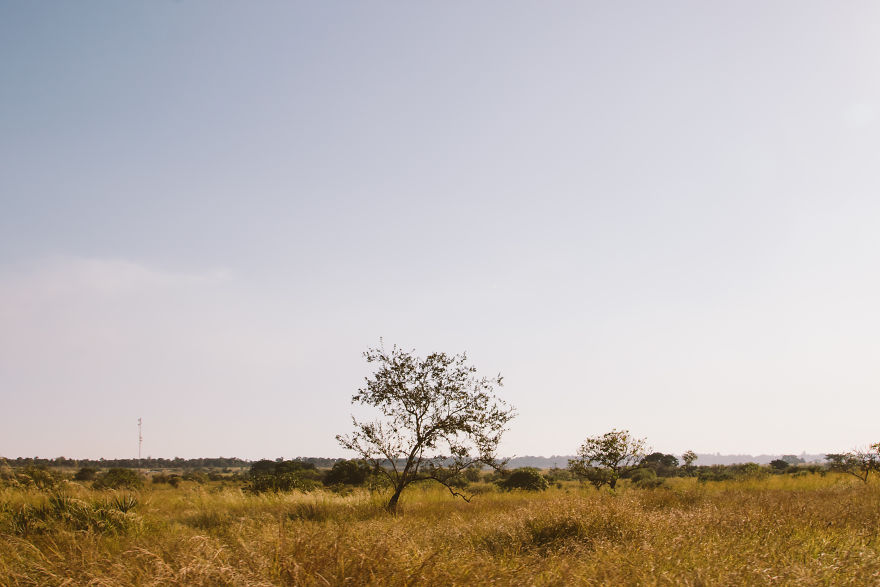
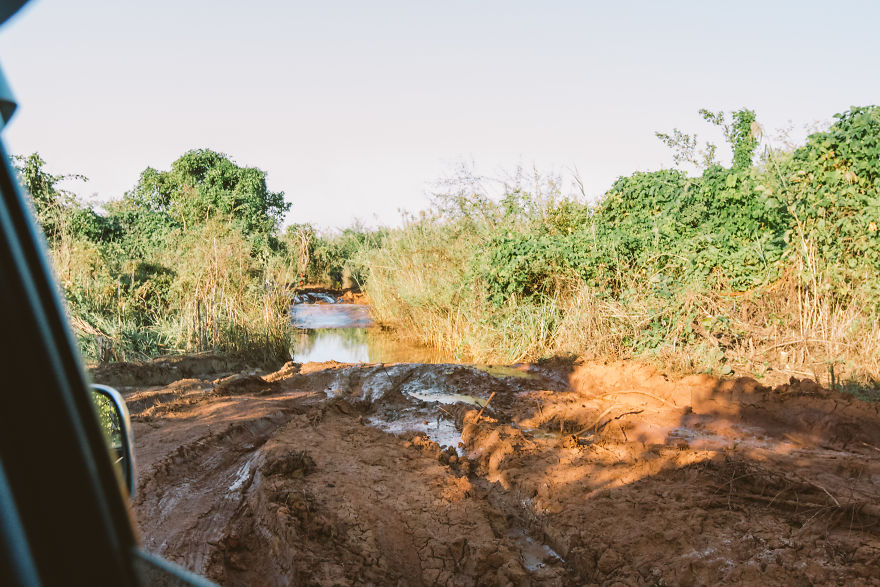
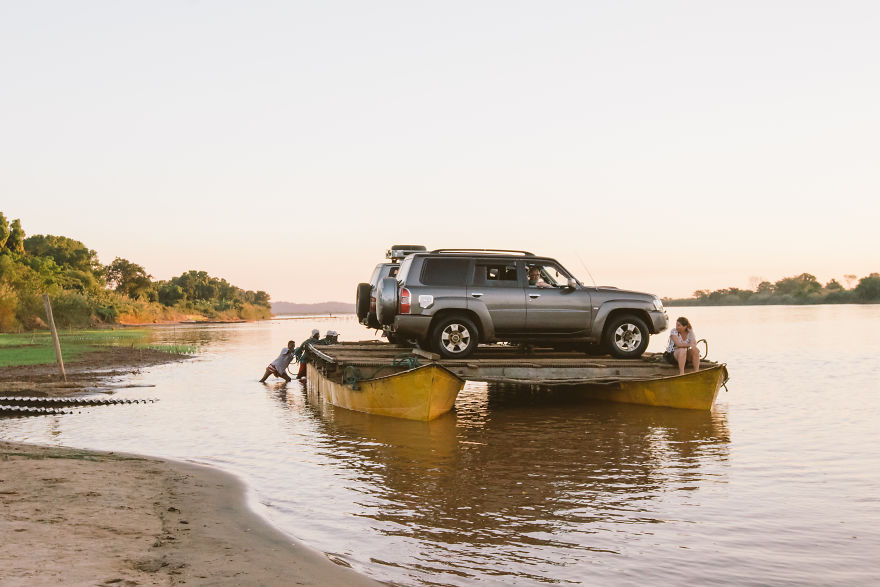
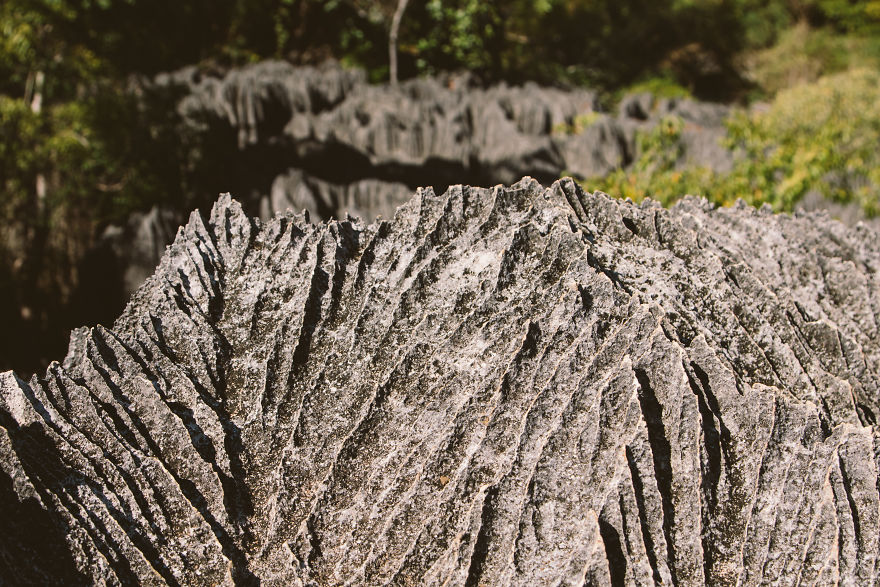
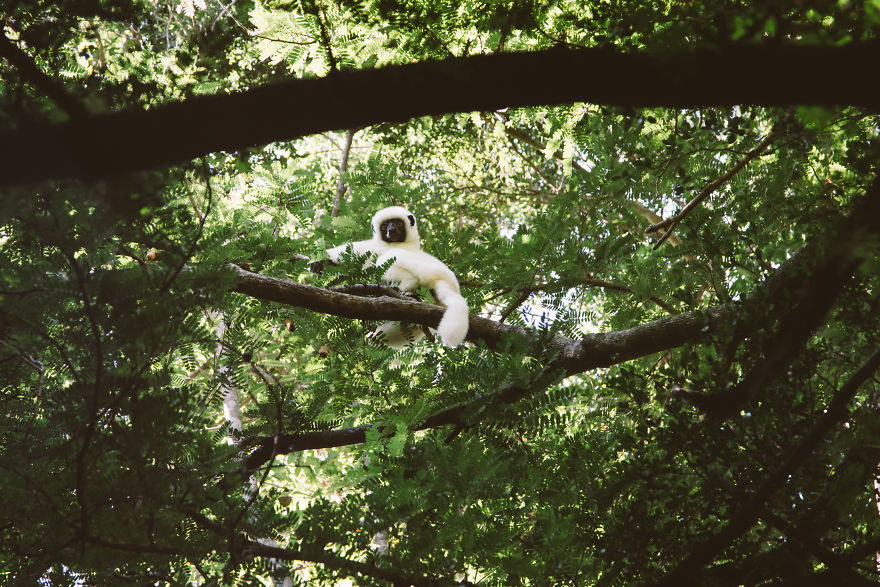
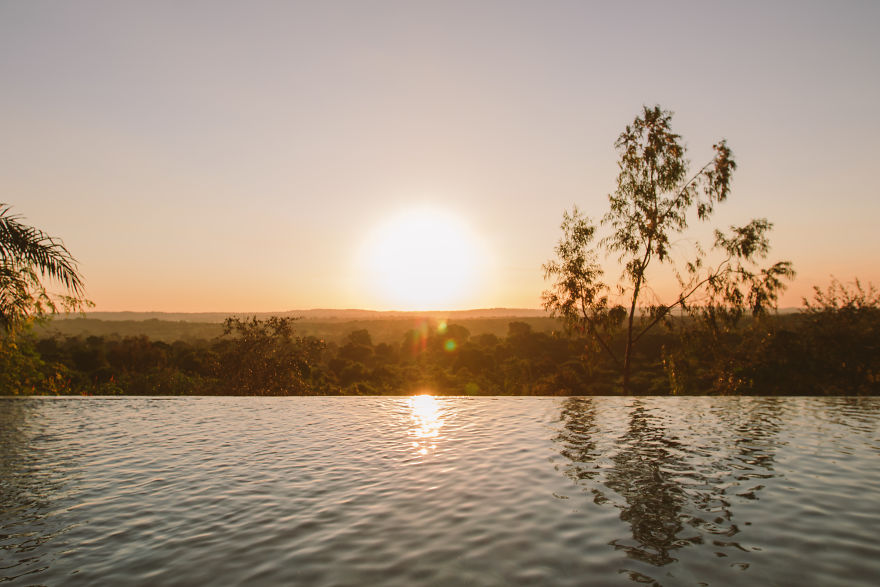
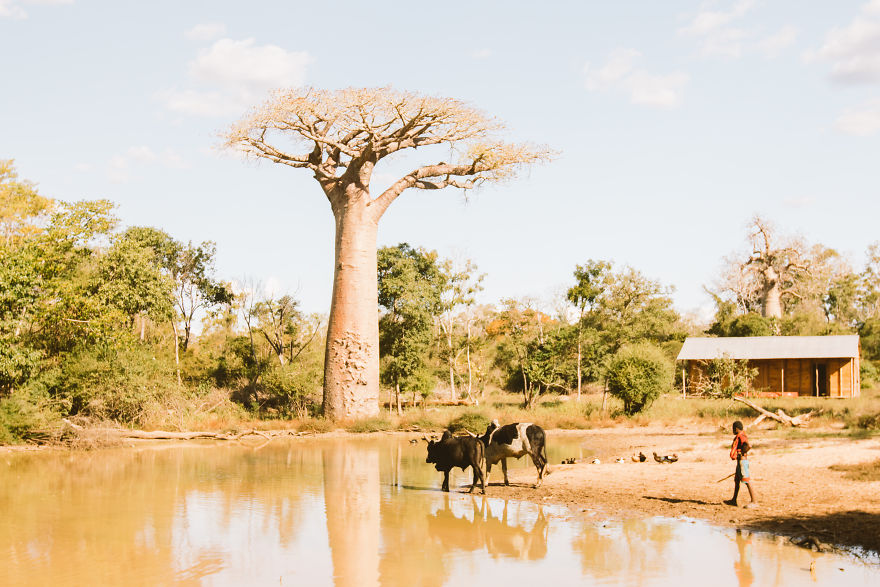
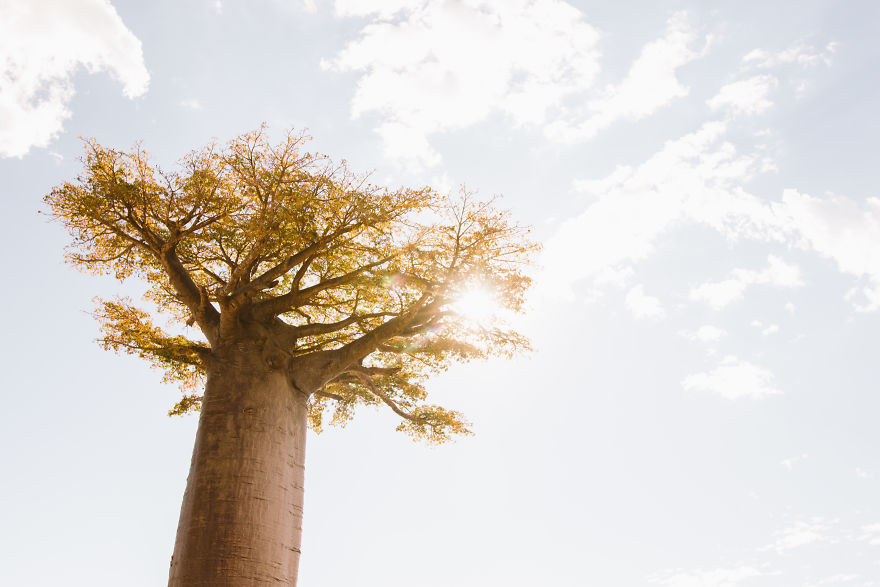
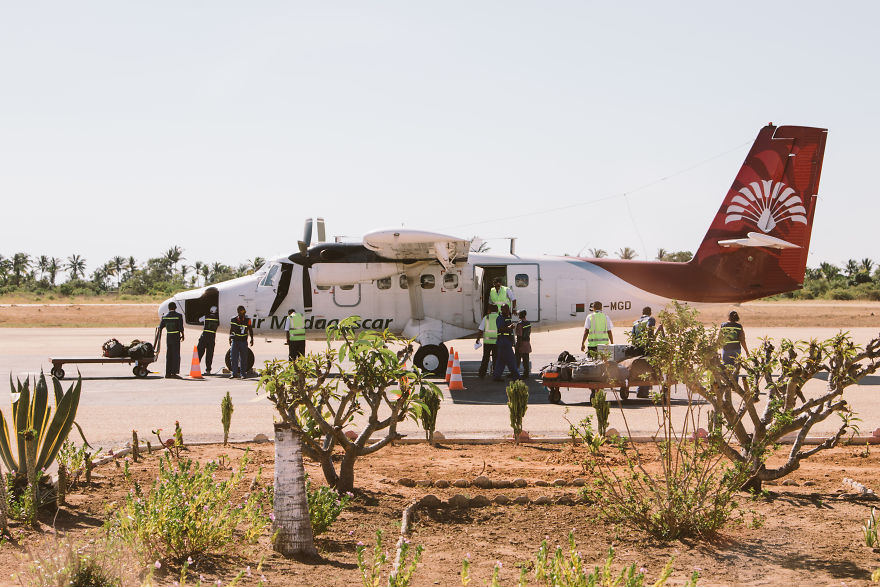
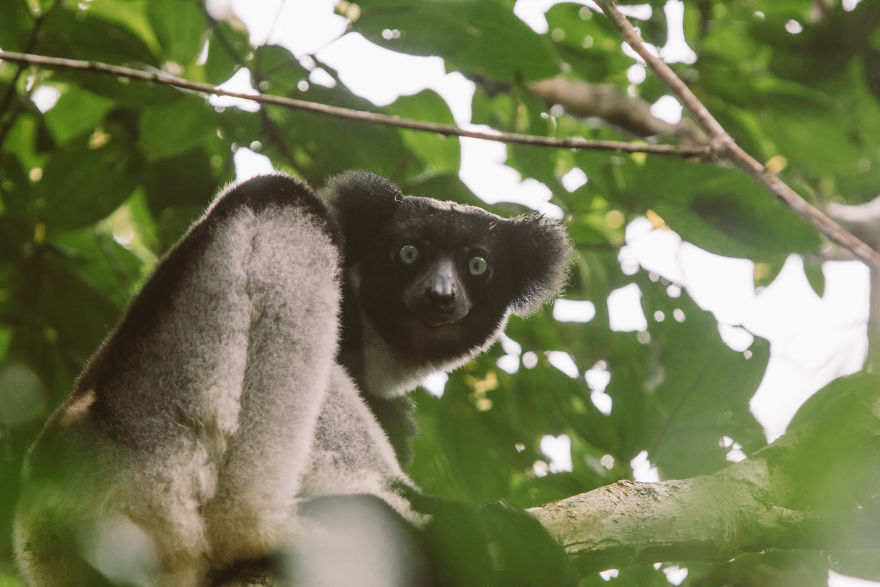
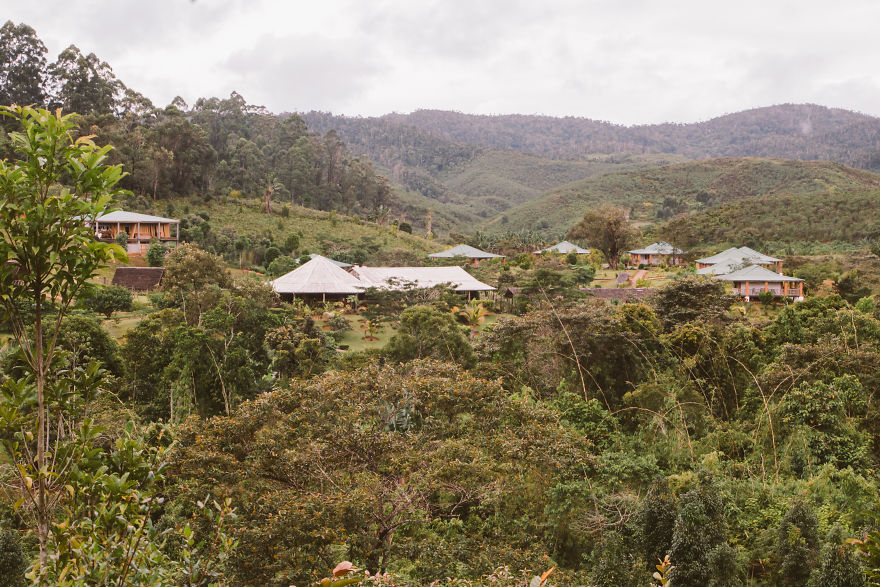
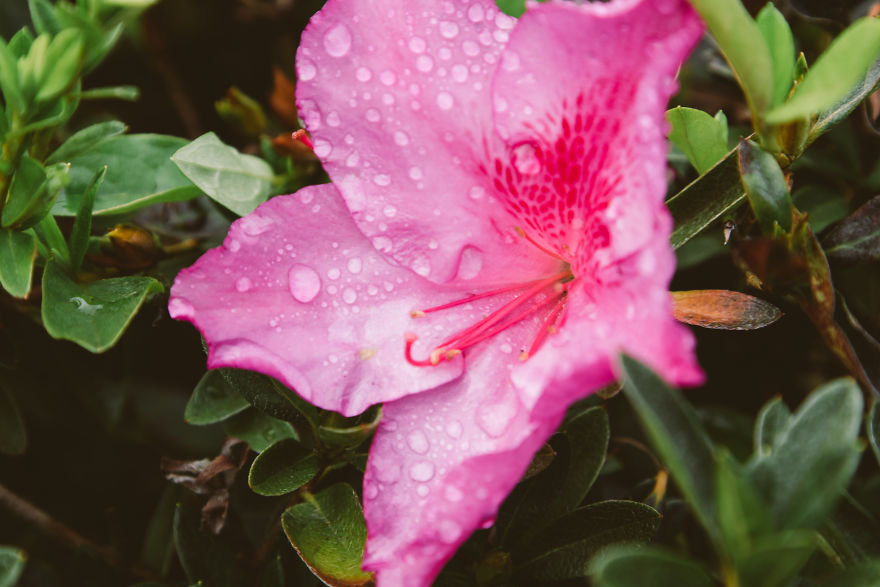
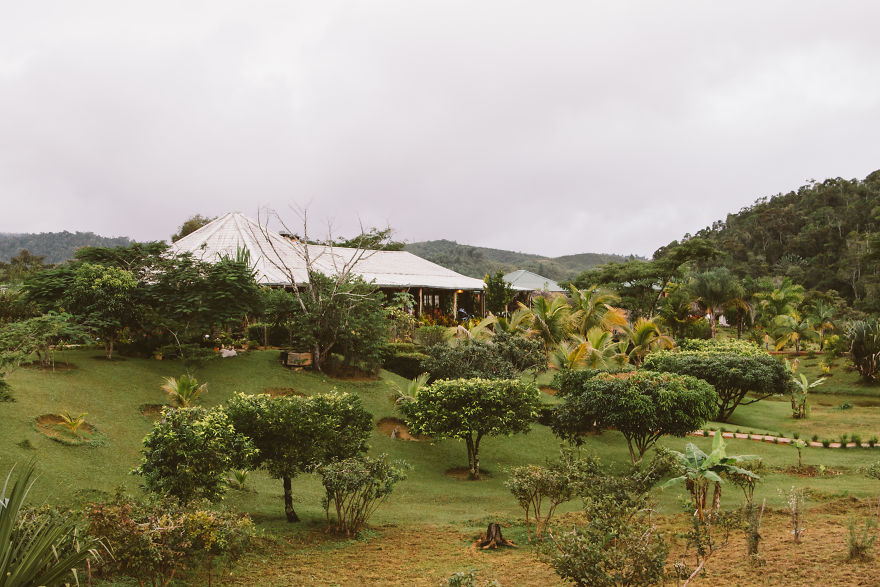
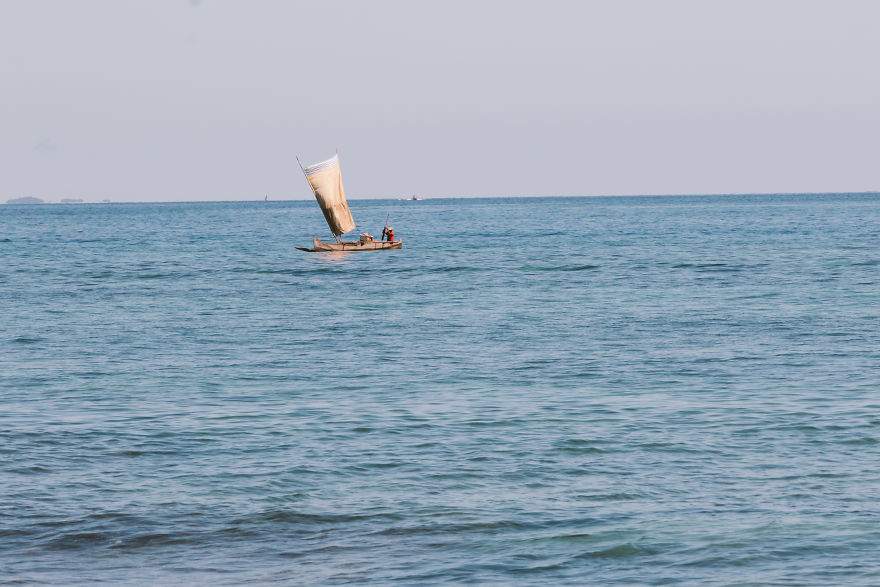
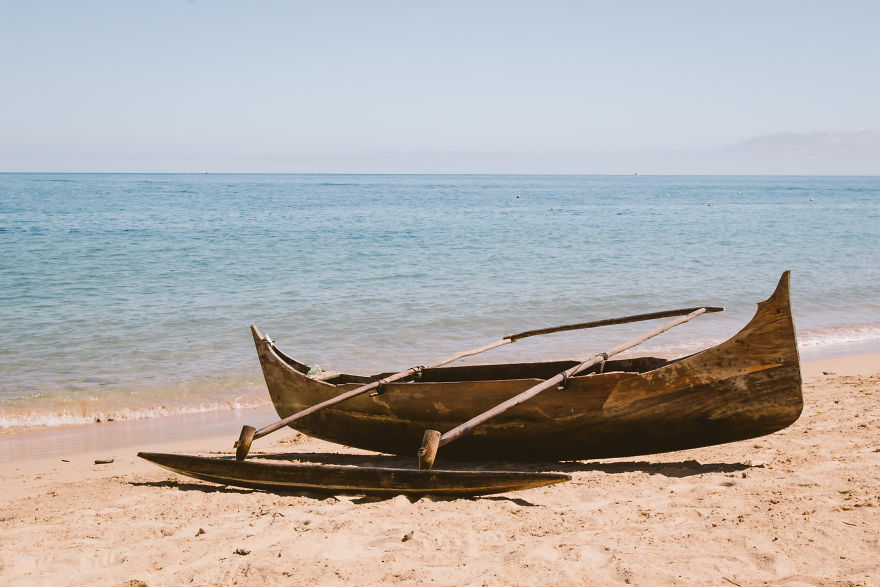
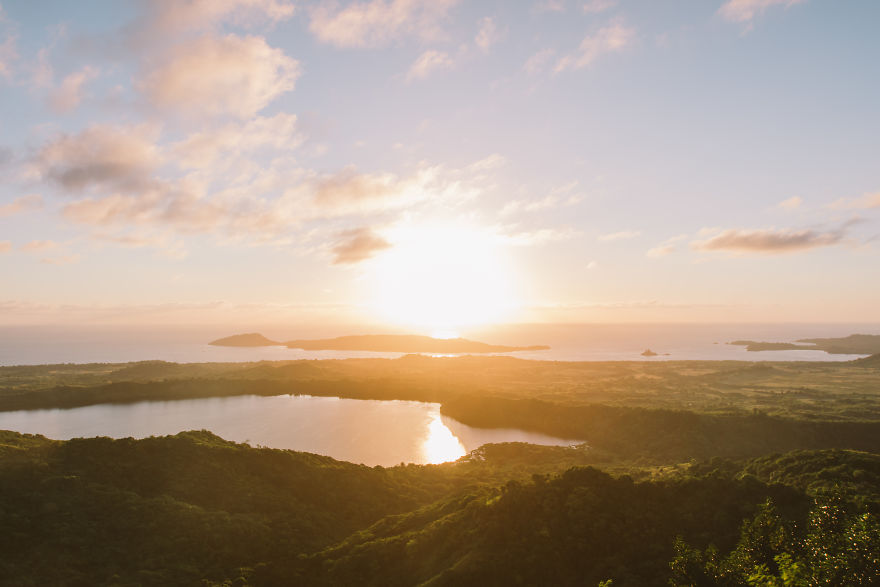



3
0